Though yoga practitioners attribute many positive traits to yoga as an exercise form—from strengthening one’s core area to weight loss and more restful sleep—there’s one benefit that seems to be at the top of everyone’s mind: flexibility.
Indeed, the regular practice of yoga makes it easier for the body to stretch its muscles, thus increasing the range of motion that’s possible to achieve. Such flexibility could improve your performance in other sports, lessen your chances of incurring muscle injuries, remove aches and pains, or simply keep your posture aligned when you walk your body through its everyday routine.
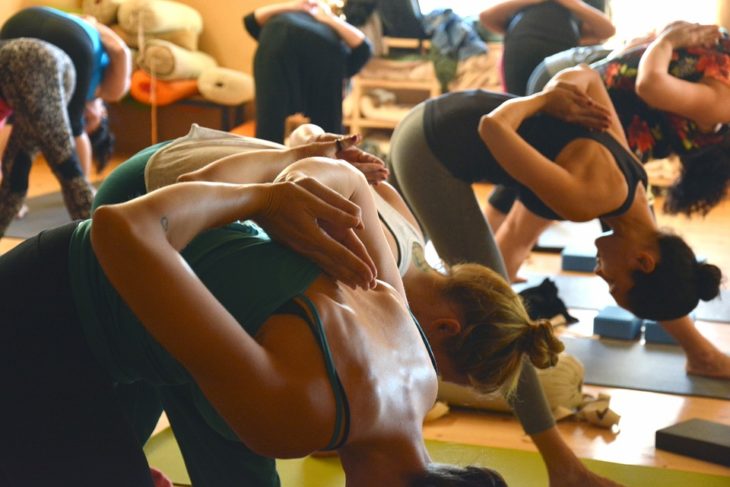
Source: Pixabay
If you want to improve your flexibility with methods that have stood the test of time, you can look to the asanas or individual postures of yoga—which is a discipline that’s enriched people’s physical, mental, and spiritual lives for thousands of years!
You can learn more about a variety of yoga poses at Yogabaron, a thought leader for all aspects of yoga practice. This article is a feature on beginner-, intermediate-, and advanced-level asanas that will optimize your body’s flexibility.
Beginner – Level Poses
1. Utthita Ashwa Sanchalanasana (High Lunge)
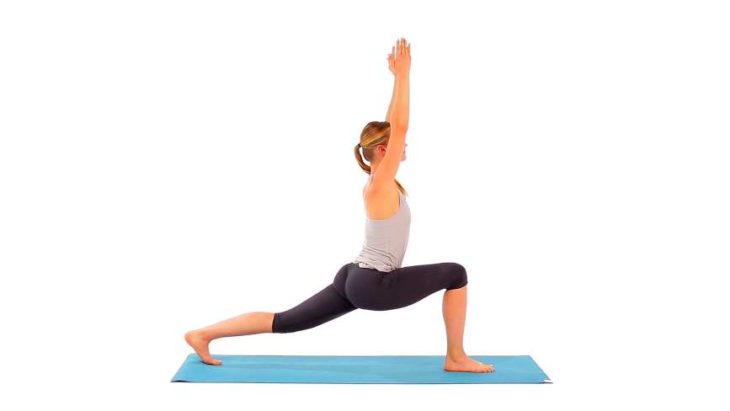
Source: MSN
This is the fifth pose in the Surya Namaskar or the Sun Salutation, a set of 12 postures considered foundational in modern yoga. The High Lunge opens up your chest area and strengthens the positioning of your legs, all while helping transition your body into Warrior I, II, III, or other more difficult poses.
2. Dandasana (Staff Pose)
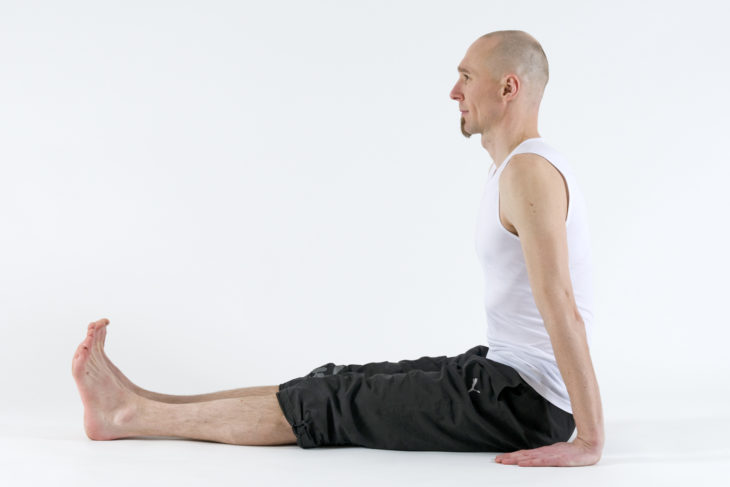
Foto Annemiek van Boxmeer / Pix4Profs
The Staff Pose calls for you to assume a seated position with your legs out in front and completely straight, with the toes pointing upward. You will need to hold it for up to one minute, making sure that your head and your spine are aligned. This pose serves as an ideal bridge from one asana to another, ensuring that your body is at full strength the whole time.
Intermediate – Level Poses
1. Camatkarasana (Wild Thing Pose)
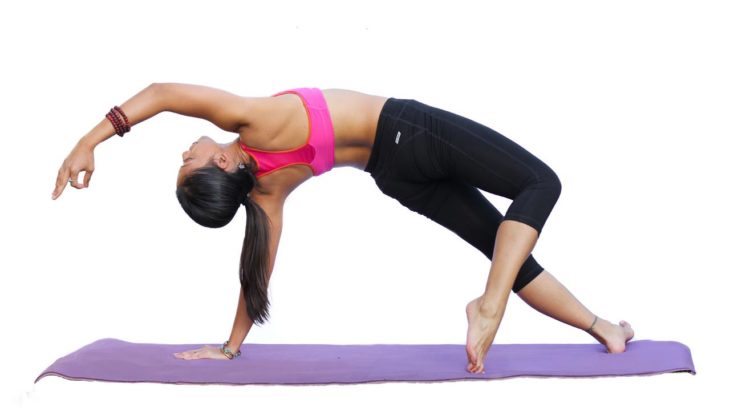
Source: Himalaya Yogi
According to Yoga Journal, another English translation of the Sanskrit Camatkarasana is “the ecstatic unfolding of the enraptured heart.” The pose does entail a graceful unfolding of the arms and feet from a plank position, which will adequately flex your legs, hips, shoulders, and upper back if you are able to complete it.
2. Parivrtta Marichyasana (Twisted Marichi’s Pose III)
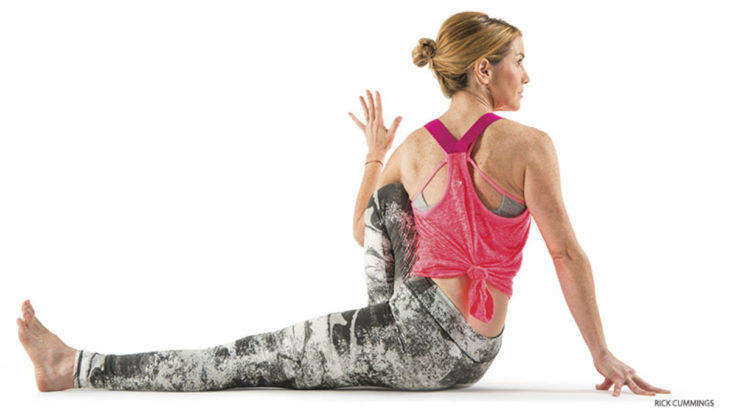
Source: Yoga Journal
Branching off from the Staff Pose, this intermediate pose demands precise bending of the knees and elbows, positioning of the hips and hands, and gentle twisting of the head over the shoulder. If achieved, the Twisted Marichi’s Pose III will be a testament to your flexibility over your abdomen and your lower body, including your hips, buttocks, calves, and thighs.
Advanced – Level Poses
1. Baddha Parivrtta Parsvakonasana (Bound Twisted Side Angle Pose)
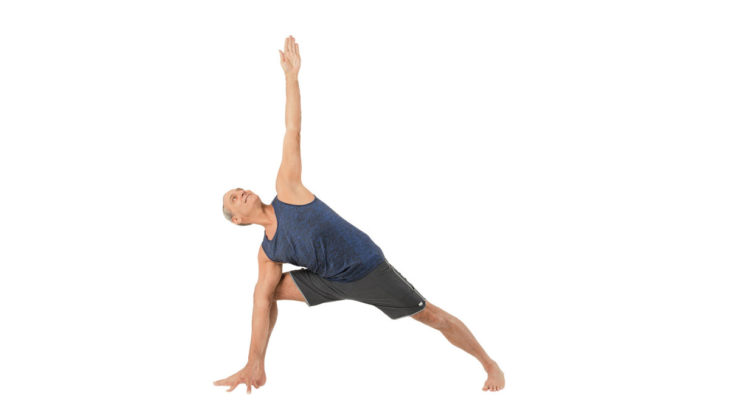
Source: Yoga Journal
This pose begins from an intermediate-level asana such as Revolved Warrior and will entail threading both your right and left arms through your back and under your bent thigh. A successful rendition of this pose will enable flexibility in your shoulders, upper back, and hamstrings, as well as provide balance to your torso.
2. Hanumanasana (Monkey Pose)
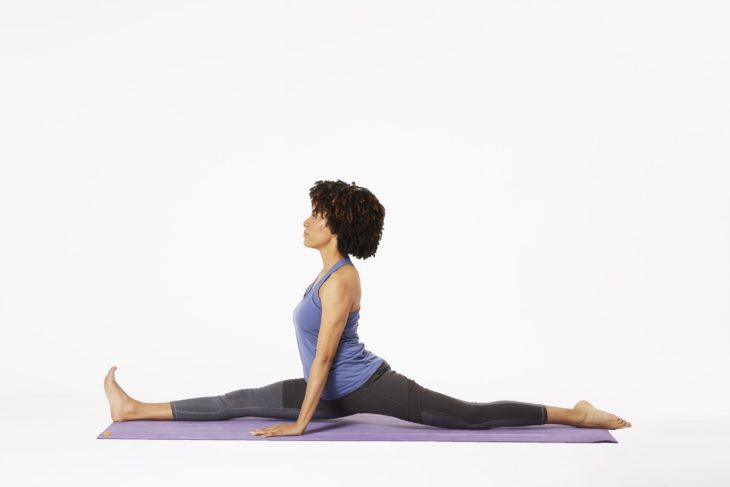
Source: Verywell Fit
In Hindu mythology, the Monkey King Hanuman is the God of Strength and a master over all of the senses, which is what yoga aims for. The eponymous Monkey Pose is an advanced pose requiring the legs to be split and the arms held high above the head in a perpendicular position. Mastery of this pose will increase your overall flexibility, stretching your upper body and strengthening various muscles from the waist down.
Unlike competitive sports, yoga focuses on what you can do in your own place, time, and current ability. It is okay to take things slow and to go at your own pace. What matters is that you follow the discipline and that you are attuned to your progress—whether it be related to your flexibility or another physical quality of yours that you want to improve.
Best of luck, and here’s to cultivating a healthy mind, body, and soul through the practice of yoga.
